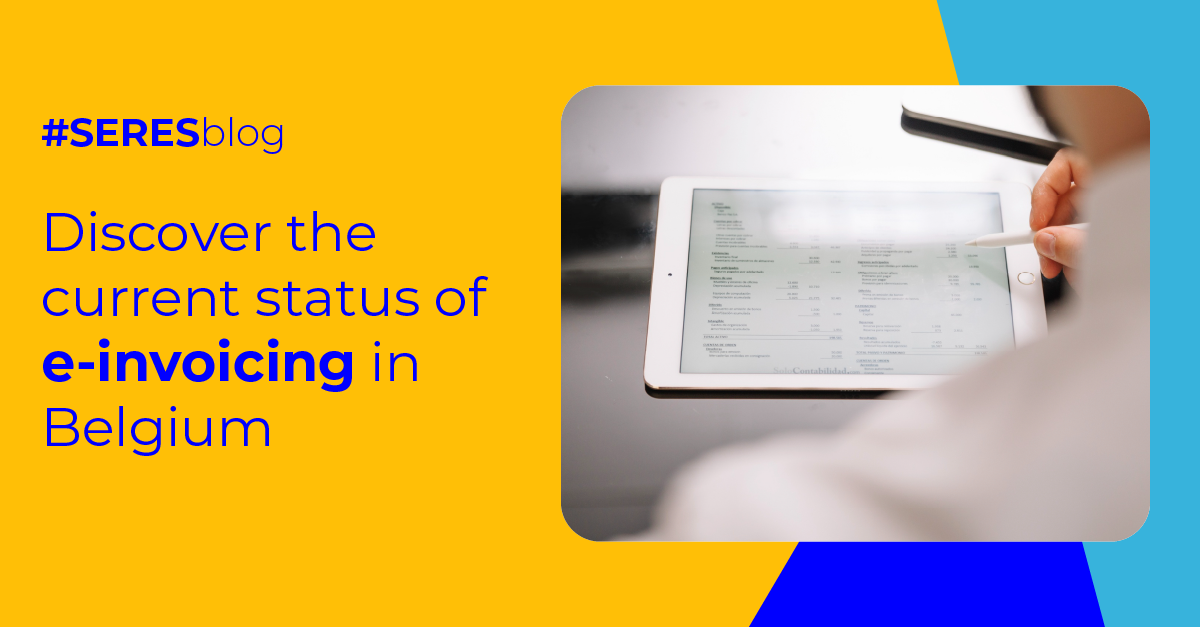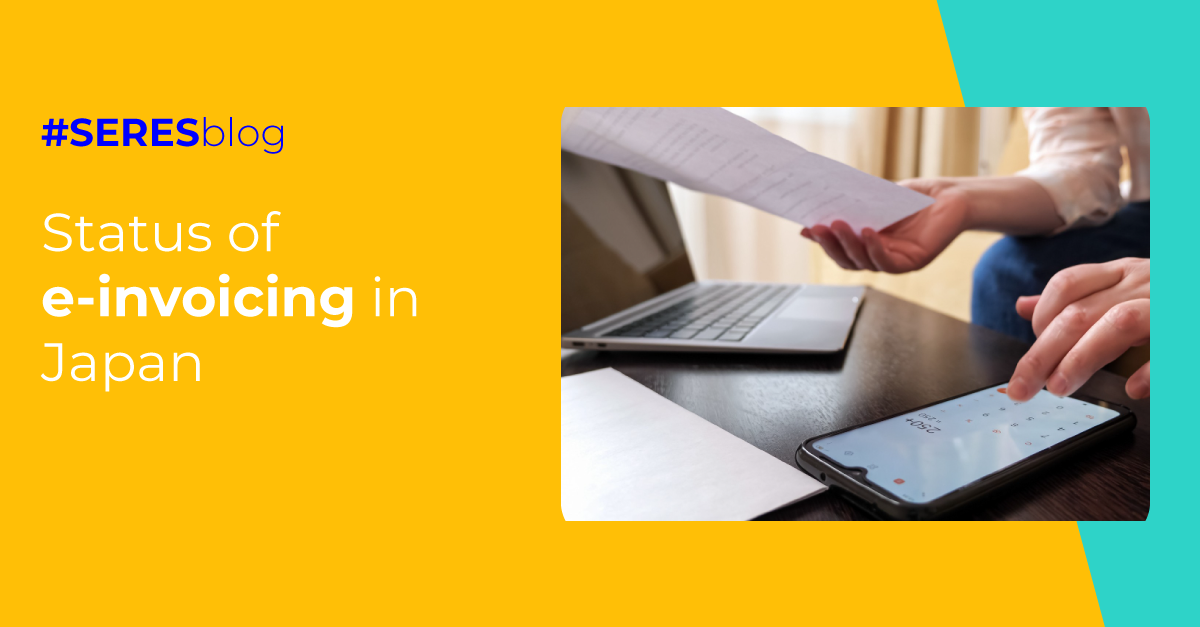European Union introduces the mandatory electronic invoice
From 18th April, 2019, the public administrations of all EU Member States are compelled to electronically receive and process their invoices. This concerns any B2G (Business-to-Government) and G2G (Government-to-Government) trades and transactions within the European Union.
The 2014/55/EU regulation is aimed at standardise a common European e-invoicing format, so that any public or private supplier is able to work with European public administrations seamlessly. Developing cross-border trade falls under the main EU goals.
This is not the first measure implemented by European Union regarding e-invoicing. From 2008 to 2012, PEPPOL project was developed, where specifications and standards to ease electronic document exchanges are complied, and is to be applied both in the public and the private fields, at a global level. Moving forward, the European Committee for Standardization (CEN) established two syntax standards for European invoicing in 2017: UN/CEFACT and UBL. This latter format is the standard observing the new regulations on European invoicing.
If your company –public or private- is a contractor with public entities, you will find interesting information on this article, as you will have to accommodate new invoicing rules.
Goals of e-invoicing implementation with public administrations
Implementing a common format e-invoicing offers many advantages for administrations, as well as for companies and citizens. The objectives to be achieved with this measure are as follows:
Reduction of fraud and increasing transparency
Electronic invoicing records every completed transaction. Digital track proves to be very useful when prosecuting fraud. This also helps improving citizens' confidence in administrations and fosters equity in companies - administration relationship.
Speeding up the invoicing process
Usually, this is a long and costly procedure, especially when printed copies are issued, due to delays in mailing and bureaucracy. E-invoicing helps speeding-up administration payments, increasing the confidence of companies towards them as they know that the payment will be received on the agreed date.
Better access for SMEs to contracts with public administrations:
That is due to the new regulation introducing the compulsory measure of publish every public tender and define the award criteria, not only of an economic nature. This will also help SMEs as they can participate in public tenders regardless of their business size, as tenders become fully transparent.
Fostering cross-border trade
One of the latest European Union goals is strengthening and facilitating transactions between Member States, being such agreements B2F, G2G or B2B (Business-to-Business). The new regulation will increase thee-invoicing global adoption rate, with an expected impact on the whole chain getting to both small and medium size enterprises and big companies.
Reducing paper and other material consumption linked to the invoicing and transport procedures
This is a way of contributing to environment care and achieving the Sustainable Development Goals. Moreover, unnecessary costs are reduced and companies and administrations improve their efficiency. As can be seen, many of these goals may match your company's goals, such as reducing the collection period, increasing transparency or reducing cost and material consumption. Consequently, both if you are a contractor with public administrations or not, you will need an electronic invoicing software soon.
Extension for implementing the regulation
All Member States are compelled to adopt electronic invoicing in order to become public administrations contractors. However, the regulation provides for an extension ending 18th April 2020 in order to facilitate the change and shift. This extension will be available for those Member State's, regional and local public entities so stating in national transposing of the Directive.
Mandatory electronic invoicing is now a reality in Europe when trading with public administrations. A ripple effect is expected to reach big and medium size companies, finally facilitating any transaction within the European framework. In consequence, the new regulation is not only a requirement for companies, but also a new opportunity to increase efficiency in business, speed-up invoicing, and reduce process costs.



